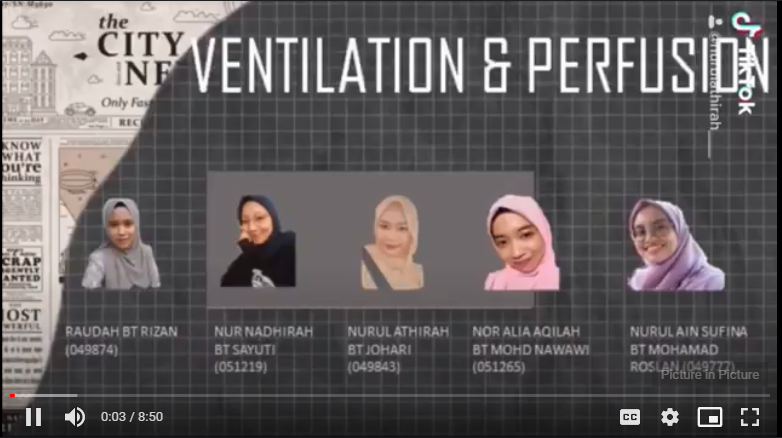Innovation in Teaching and Learning
In this modern era, inclusive and exclusive approaches are important in order to engage students. Therefore, innovation in teaching and learning is compulsory. For me, I prefer to use "ADAPTIVE TEACHING" and "CONTEXT BASED LEARNING" as both strategies can greatly improve my students' engagement.
1. ADAPTIVE TEACHING
All students are different. However, most lecture presentations and learning materials are the same for all. Thus, creates a learning problem especially by putting a burden on the student to figure out how to engage with the content. In other words, some students will be bored, others will be lost, and very few are likely to discover paths through the content that result in optimal learning. Adaptive teaching offers a solution to this problem where learners control their own pace of study.
In my lecture, every slide will be given prior to the session to ensure they have known the topic that they are going to learn and the contents in detail, not just a lesson plan!! Group members will be chosen based on their preferences. Every effort of the team member is counted as each has subtopic to present and report during the class session. They are free to choose on what type of presentations format they would like to do. Usually, I recommend creating role-play or videos to ensure every member can participate during the process. Every member needs to present so that I know they are working together and contributing in the making of the materials.
Example of students videos:
https://drive.google.com/file/d/1hwmY0xqvY_1nHL4agl6KmBxhgE9duEMc/view?usp=sharing <---- CLICK HERE

https://drive.google.com/file/d/10ycK-q0fM1WAwbMEUhRDH54MuWKfGrp0/view?usp=sharing <---- CLICK HERE

In summary, for this approach, students may choose various sources that suits them whether the textbooks, websites, and so on. At the same time, they will enjoy the process of learning based on their pace of study.
2. CONTEXT-BASED LEARNING
Context enables students to learn from experience as they will come to better understand the meaning and its relevance. The context of where and when it occurs can help students to relate to what they already know. This is important as recently, we now always hear about EXCELL or Experiential Learning & Competency-Based Education Landscape. In a classroom OR now better known as an online class, the context is typically confined to a fixed space and limited time. Beyond the classroom, learning can come from an enriched context such as related places or in my case the hospitals, imaging centres or nuclear agencies, or being immersed in a good book. They will have opportunities to create context, by interacting with surroundings, holding conversations, making notes, and modifying nearby objects.
Example of context-based learning:
Visiting CT scan room at Hospital Kemaman, Terengganu. The students have the opportunity to learn new skills and tips and tricks when operating the CT machine. Though, all of these may not be exposed during class sessions. The students will have the opportunity to touch the machine and doing the role-play on the machine while the radiographers/staff on-site will help to explain.